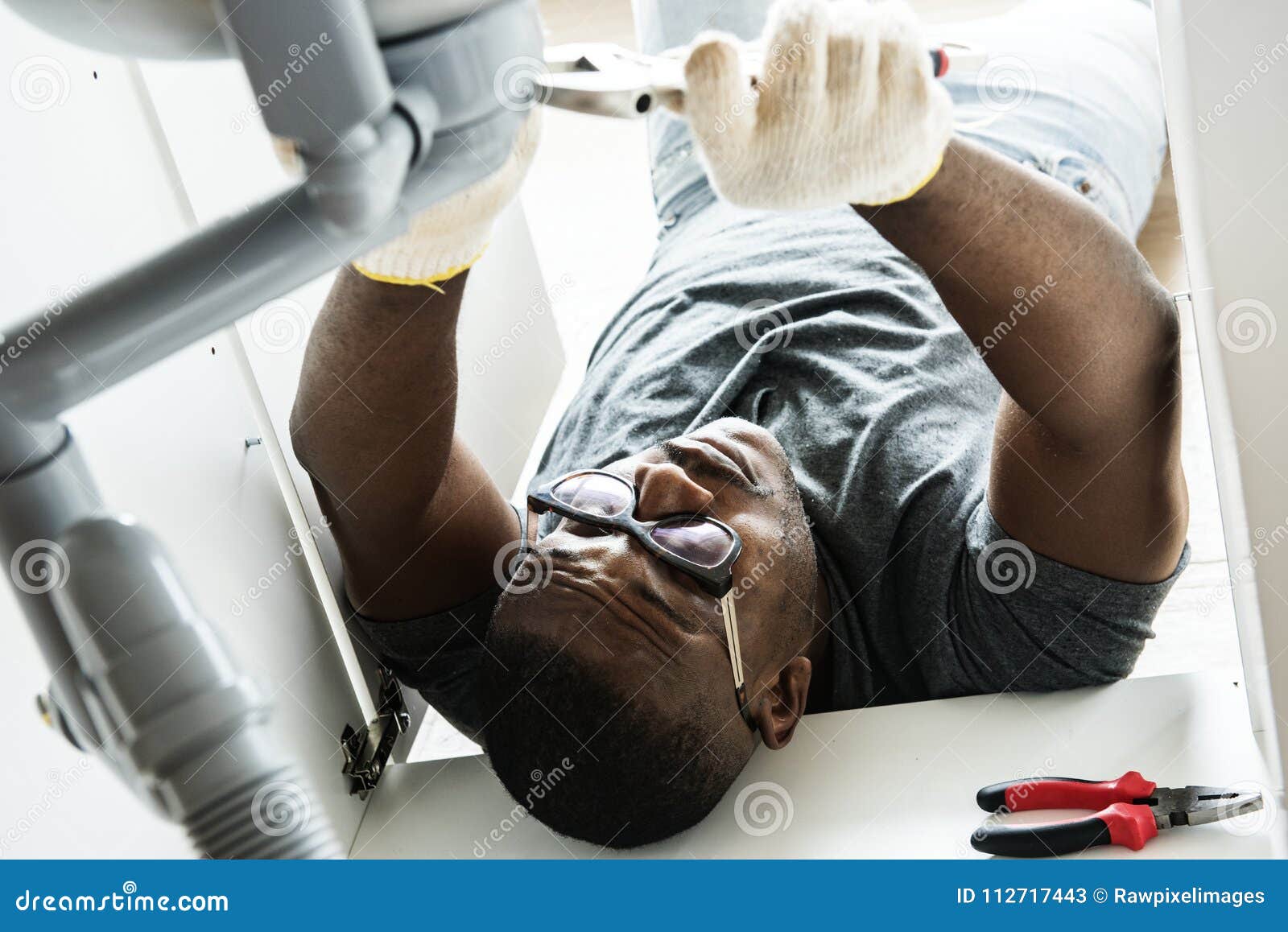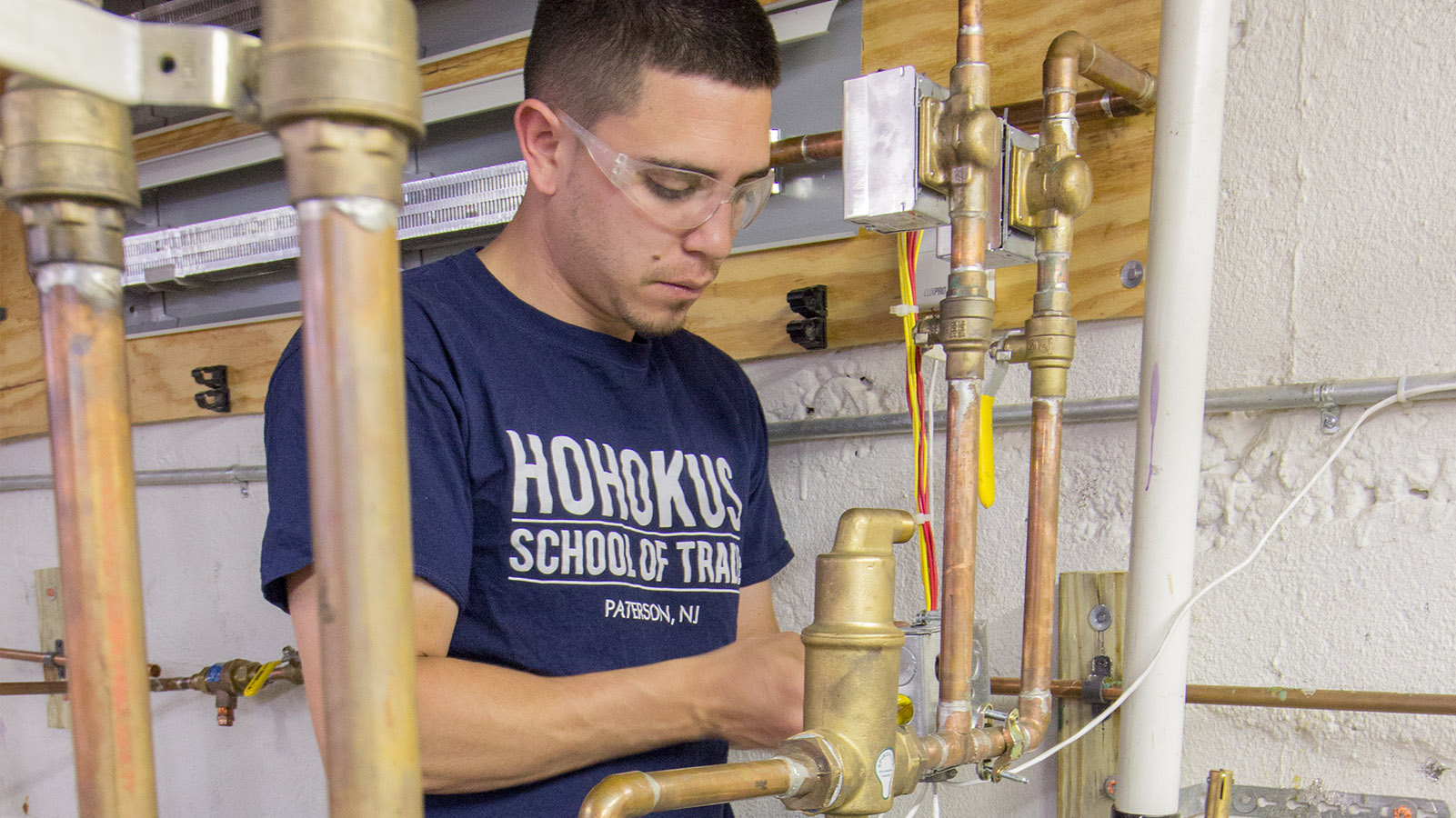Comprehensive Plumbing Alabaster AL Solutions for Your Home
Comprehensive Plumbing Alabaster AL Solutions for Your Home
Blog Article
A Detailed Overview to Reliable Hot Water Heater Setup for Ideal Performance
Beginning on the task of mounting a water heater is an endeavor that demands accuracy and a methodical approach for achieving optimum performance. The procedure starts with the essential decision of selecting the appropriate heating system customized to the particular demands of your household, taking into consideration factors such as size, energy, and kind resource. When chosen, preparing the installation location to meet safety and security standards is paramount. Nonetheless, the trip doesn't end below. As you proceed, the complexities of connecting water supply lines and establishing reputable electric or gas connections await, promising insights into guaranteeing performance and integrity.
Selecting the Right Water Heating Unit

Next, take into consideration the dimension and ability of the hot water heater. It's vital to analyze your home's hot water demands, which can vary based on the number of owners and their use patterns. A device that's too tiny may cause insufficient warm water, while an extra-large version could lead to unneeded power usage.
Effectiveness rankings likewise play a pivotal duty in selection. Search for hot water heater with high Energy Variable (EF) rankings, suggesting premium performance and reduced power use. Tankless models, though normally much more pricey ahead of time, deal significant power savings gradually due to their on-demand heating abilities.
Preparing the Setup Location
Prior to setting up a new water heater, precise prep work of the installment location is essential. It's critical to determine the space thoroughly to suit the water heating unit's dimensions, making certain adequate clearance around the unit for reliable operation and servicing.
Inspect the flooring for stability, as the water heater will require a solid, level surface to run properly. If essential, set up a drip pan below the unit to capture potential leakages or spills, protecting against water damages to the surrounding area.
Additionally, ensure that all essential tools and products are on hand prior to commencing the installment. This includes things such as wrenches, screwdrivers, a level, and any kind of added equipment required for installing and securing the heater. A well-prepared installation area sets the structure for an effective hot water heater arrangement, enhancing efficiency and safety.
Connecting Water Supply Lines
When connecting water system lines to your recently mounted hot water heater, it is critical to make certain that all links are leak-free and secure to keep efficient procedure and protect against water damage. Begin by determining the hot and chilly supply of water lines. The cool water inlet is commonly marked with a blue tag or a "C", while the warm water electrical outlet is marked with a red label or an "H".
Use flexible hot water heater ports to more assist in a much easier installment process. These ports can soak up vibration and permit minor motion, minimizing the risk of leakages. Prior to affixing the ports, place a plumbing professional's tape around the threaded ends of the water heating unit's inlet and outlet pipes - Drain Cleaning Alabaster AL. This tape acts as a sealant, avoiding leakages. Meticulously attach the versatile hoses to the corresponding inlet and electrical outlet, making certain that they are not over-tightened but limited, which could harm the strings.
Once links remain in location, gradually activate the main water shutoff. Evaluate each connection for leaks by visually really feeling and examining for wetness. Tighten connections as necessary, and ensure the stress alleviation shutoff is properly installed, securing against excessive pressure accumulation.
Establishing Electric or Gas Links
Appropriately setting up the electrical or gas connections for your hot water heater is an important step to make certain reliable and risk-free procedure. For electrical water heating units, begin by validating that the electrical circuit works with the heating system's voltage and amperage requirements. Make certain the power supply is transformed off at the breaker to stop mishaps. Connect the electric cords to the heating system complying with the manufacturer's electrical wiring representation. Generally, this involves attaching the ground cord to the environment-friendly terminal, and the remaining wires to their matching terminals, securing each with cord nuts.
For gas water heating units, security is critical. Connect the gas line to the water heating system using an adaptable gas connector, guaranteeing it is correctly threaded and sealed with pipeline joint compound or Teflon tape appropriate for gas connections.
Once connections are made, evaluate for any potential leakages. For gas lines, use a soapy water solution to the joints; bubbles show a leak. For electric links, confirm that all circuitry is safe and secure and properly protected, preserving compliance with local electrical codes.
Readjusting and testing for Effectiveness
With the electric and gas links read here safely in position, the following action is reviewing the functional effectiveness of your hot water heater. Begin by very carefully switching on the water system and ensuring there are no leakages at any of the joints or shutoffs. When validated, continue to load the tank, focusing on the pressure and temperature settings. It is advisable to set the thermostat to a suggested temperature of around 120 ° F(49 ° C) to stabilize energy efficiency and comfort.
Next, perform an extensive examination to guarantee the try this out home heating components or gas burners are operating properly. For electrical heating systems, utilize a multimeter to verify if the elements are attracting the appropriate existing. In gas versions, observe the burner fire; it must be blue and constant, suggesting efficient burning.
Change the settings as required to get rid of ineffectiveness. Think about implementing insulation steps, such as including a hot water heater covering, to additionally boost efficiency by decreasing warmth loss. Additionally, examine the anode pole's problem, as a shabby rod can minimize effectiveness and lead to container corrosion.
Final Thought
Effective hot water heater installment is crucial for guaranteeing ideal efficiency and power cost savings. By picking the ideal type and dimension, and carefully preparing the installation area, a foundation for success is established. Firmly attaching supply of water lines and thoroughly establishing electrical or gas links lessen possible problems. Detailed screening for leaks and accurate thermostat adjustments to 120 ° F enhance integrity and performance. Complying with these steps promotes lasting functionality and power preservation in domestic water heater.

Effectively establishing up the electric or gas connections for your water heater is a crucial step to make certain reliable and risk-free procedure. For electric water heating units, start by validating that the electrical circuit is suitable with the heating system's voltage and amperage demands. Link the gas line to the water heater using an adaptable gas adapter, guaranteeing it is appropriately threaded and secured with pipeline joint substance or Teflon tape appropriate for gas links.
Report this page